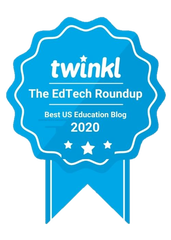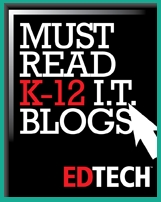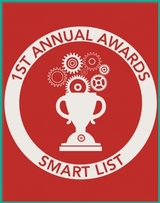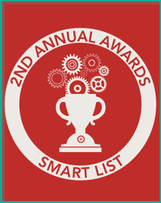
Traditionally, districts have implemented content filtering through hardware solutions. In recent years, however, K-12 schools have begun to abandon web filtering appliances, relying instead on content filtering software. Given the shift to the cloud, this is understandable; when many users are accessing sensitive academic/student information on a wide variety of devices, hardware solutions can be too limited to adequately protect learners. For instance, school bus Wi-Fi programs require content filtering to protect students.
If your district hasn’t made the switch, you may be unsure where to start learning more about these applications. Here is an overview of four popular content filtering options:
K12USA Software
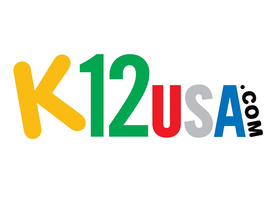
There are many options for users when it comes to blocking specific sites. For instance, in addition to blocking explicit content, educators can prohibit access to social media sites. This makes protecting students and minimizing distractions a snap. There are multiple options, as noted on K12USA’s site, including:
- URL and domain filtering
- Content-phrase filtering
- MIME filtering
- File-extension filtering
- Inside and outside proxy blocking
- Time restrictions
SecureSchool, like many content filtering software options, is E-rate eligble. Pricing varies on the number of learners at your school, and you can request a quote from the developer’s website linked above. If you want to request a 30-day trial at your school, you can do so at the SecureSchool link above.
Securly
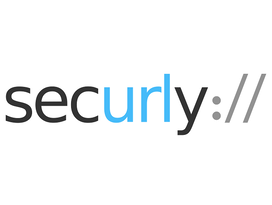
Using AI, a tool named “Auditor” will examine internet activity to find signs of harassment and indications that a child may be having issues with self-harm or depression. Educators and parents can enable real-time alerts for student behavior that may need to be addressed.
Two additional services offered by Securly are 24 and Tiplines:
- 24: As described by the developers, the 24 team “is a group of trained analysts from a variety of backgrounds, including psychology and sociology.” They are always available to address urgent needs when student online behavior may demonstrate deeper problems. Social work can be a difficult field, and this resource could be a help to school districts in low socioeconomic areas.
- Tiplines: This service works as a tip line for students needing to report problems that may be affecting them. Experts at Securly, along with specialized AI, examines reports and investigates them, letting school officials know with real threats emerge.
If you’re interested in Securly, you can get an estimated cost based on your number of students. You can also access a free trial if you want to explore its features in more detail. Note that there is a minimum cost of $1,200 for a 1-year contract, so smaller schools may need to explore other options.
Smoothwall
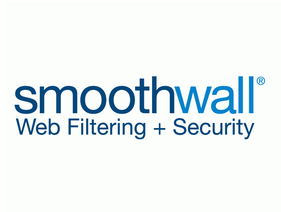
This is particularly helpful for school districts in rural areas where, as noted by the University of Nevada, Reno, “many rural communities are left with a dearth of qualified social workers.” Tools like this can fill gaps in student services.
A widely-touted feature by the developers is its Google integration. Users can block students from accessing games and Flash media; force students to use Safe Search; and prevent them from seeing potentially offensive images in Google Image Search previews.
Pricing for Smoothwall also depends on the number of students and devices that will be used. Prospective buyers can request a quote here or request a 30-day evaluation of the product.
Untangle
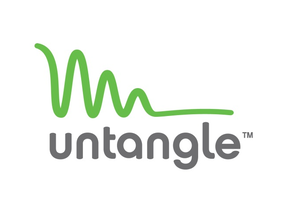
Overall, it’s a useful tool for blocking harmful content and protecting school assets/data.
In addition to combating key security issues, such as open Wi-Fi challenges and protecting student data, Untangle emphasizes that this product is ideal for managing internet traffic at your school. The developer states that the software enables “Optimized bandwidth for mission-critical traffic (online assessments, web-based learning tools, etc.)” and that it can be used to restrict access to high-bandwidth content.
You can request a demo of NG Firewall at the link above, as well as check the cost for the number of students/devices you’ll need to support to see if it is a good fit for your school.
About the Author
Bob Hand is a blogger from Boise, ID. He studied English with an emphasis on Secondary Education at the University of South Carolina, and continues to keep a pulse on current issues in education. His hobbies include reading and collecting vinyl records. You can follow him on Twitter @bob_hand567.






